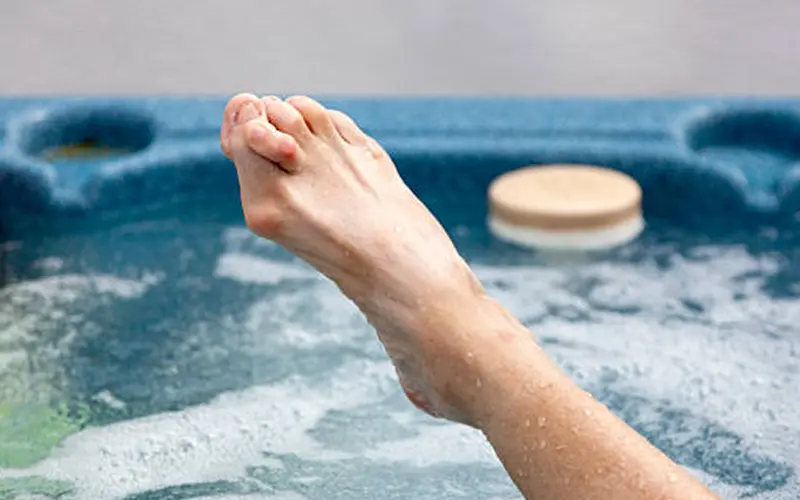Hammertoes and Neuromas

Hammertoes and neuromas are relatively common foot conditions that can cause significant pain and discomfort. As a leader in foot and ankle care, Upperline Health offers the most innovative treatment options for hammer toe and neuroma so patients can feel better fast.
Hammertoes and Neuromas Q&A
What is a hammer toe?
A hammer toe is a toe that has become abnormally bent at the joint, creating the appearance of the claw of a hammer. Hammer toes occur when repeated or continual pressure on the toe causes the tendons to shorten and tighten, drawing the tip of the toe downward and inward toward the base of the toe. Hammer toes are often associated with corns, calluses, and blisters on the skin covering the joint. While the joint initially may be flexible, over time it can become stiff and inflexible without proper care. Wearing tight or ill-fitting shoes or having a specific foot shape including a high arch can contribute to hammer toe formation.
How are hammer toes treated?
In their earlier stages when the joint is still flexible, wearing a special splint and switching to shoes that offer plenty of toe room can be effective in helping the joint return to its normal position. Once the joint has become stiff, surgery may be needed to straighten the joint. Most procedures use one or two small incisions near the joint so the tendons and bones may be gently repositioned. Following surgery, a special supportive boot or a small cast may need to be worn during initial healing.
What is a neuroma?
A neuroma is an overgrowth of nerve tissue that causes a sore bump to form in the soft tissues of the foot, resulting in pain and numbness at the site of the neuroma and radiating into other areas served by the nerve, such as the toes. Morton’s neuroma is the most common type of neuroma in the foot, occurring in the ball of the foot between the third and fourth toes. Morton’s neuroma often develops in people who wear very tight shoes or frequently wear high heels, resulting in continual pressure that irritates and inflames nerve tissue. Neuromas can also occur as a result of injury or repetitive impact.
How are neuromas treated?
Most neuromas can be treated with anti-inflammatory medications including injections and with custom orthotics to help support the area. Gentle stretching exercises and switching to better-fitting footwear can also help.

Contact one of our Upperline Health clinics to get your Hammertoes and Neuromas treatment started.
Treatments offered may vary by clinic.

